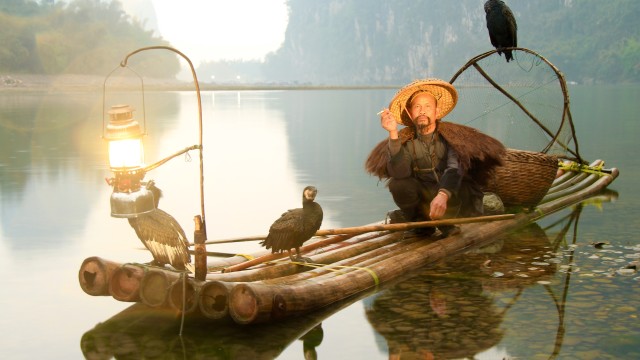
I spent the last four days off the grid exploring the parts of China I never get to see. Big cities around the world more and more homogeneous with each passing year and every trip I take. As the world watches China change, we fixate our business models and innovation plans to be strategically postured to catch their commerce. I struggle with this as a designer and crave immersion in real China. The only way to understand this culture is to experience it’s roots and I feel set on doing this.
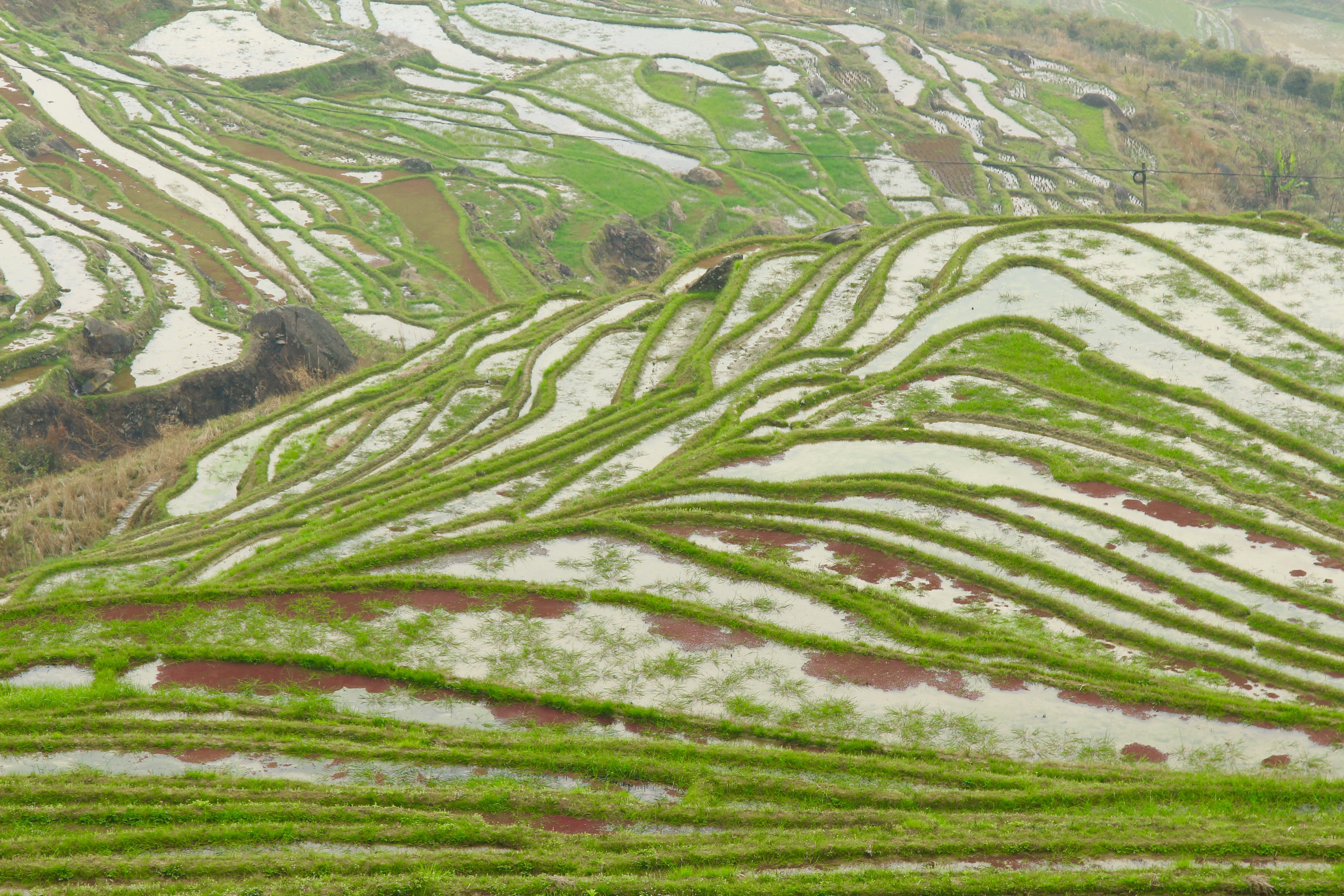
A few weeks before a scheduled business trip to China, I came across the most stunning portrait of a cormorant fisherman. I was so taken with the photo, I reached out to the photographer and learned the location was within reach of Guangzhou. Upon further investigation, I learned the Longji Rice Terraces were near the same region. Already hoping to add a weekend of Asian exploration onto my work visit (had been eyeing Sapa’s rice terraces), it felt almost serendipitous!
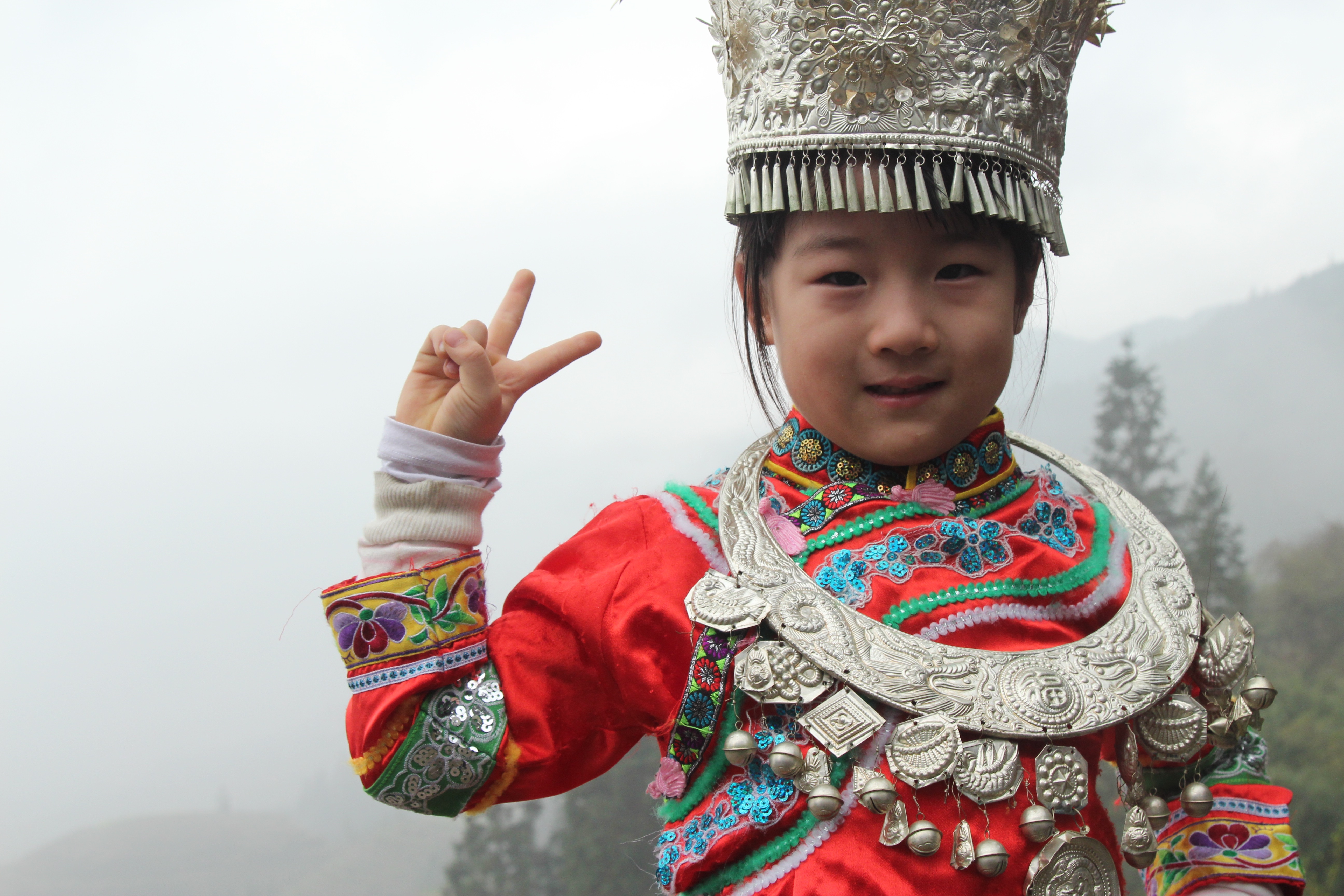
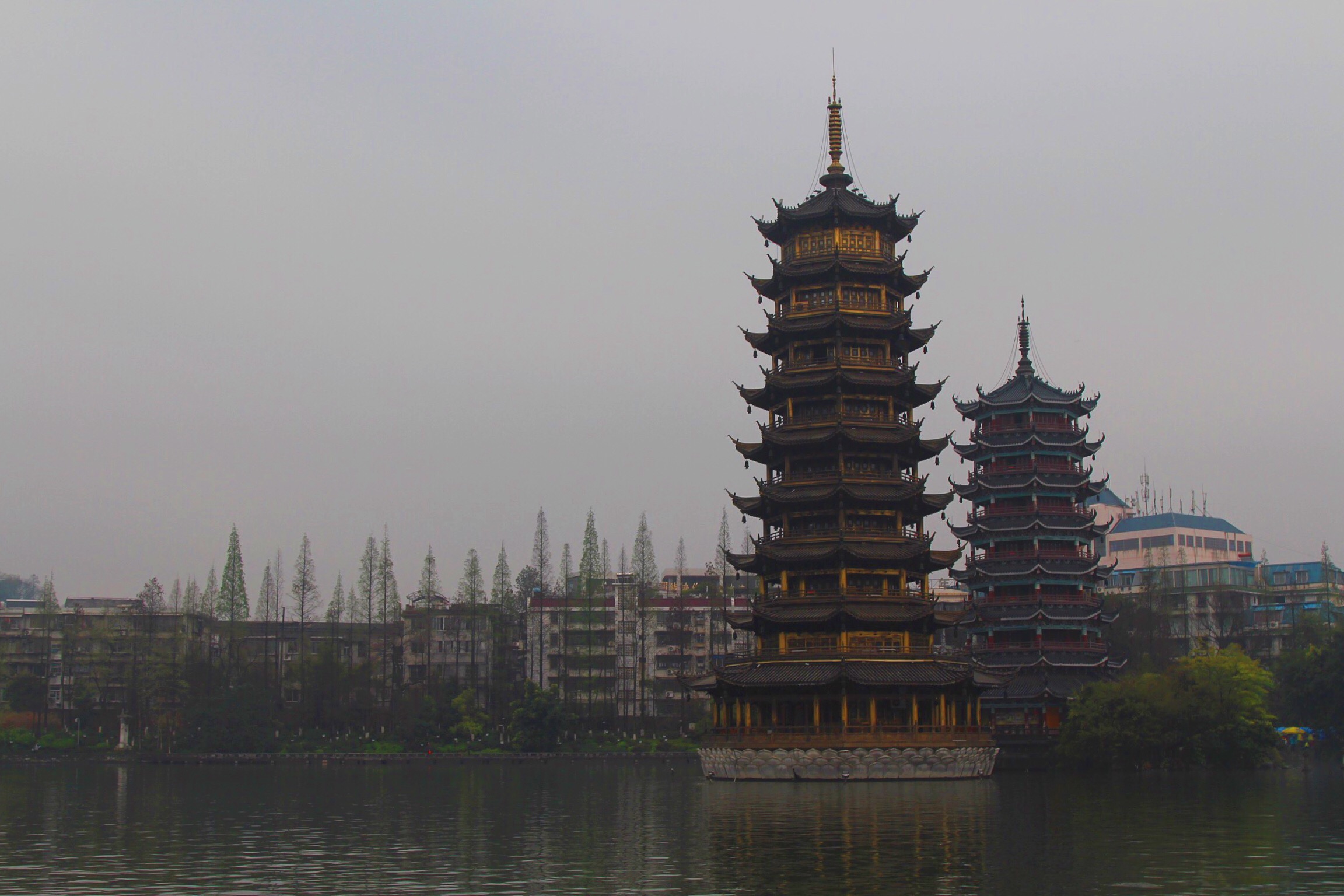
On this trip I uncovered some lovely natural wonders in the karst limestone mountains and enjoyed some time with people that still feel foreign. It was so special meeting the cormorant fisherman deep in a farming province. The fisherman represent the last three of their world, vestibules of a culture that is slowly slipping away in favor of more modern desires. As my trips to China become more and more frequent I find myself sipping Dutch beers in Irish bars in walking distance of the W Hotel. The experience is not in fact inauthentic, it is the lifestyle of the modern urban rising Chinese. But this trip it was nice to contrast this impression with another, and pause to reflect. This is also China.
EXPERIENCE
I had a wonderful time off the grid in China. My trip began with a train from GZ to Guilin after my work affairs ended. I stayed the night in Guilin briefly and began the adventure with a sunrise trip up to Yao Mountain at 5am the following morning. While this location can be difficult to catch a good view, it was good enough to impress me on the day I visited. This viewpoint requires a precarious drive from Guilin through the fog and winding mountain roads, but was an impressive introduction to the karst mountain landscape as the sun unveiled their depth. The site is famous for views that depict mountains peeking out of a sea of clouds.
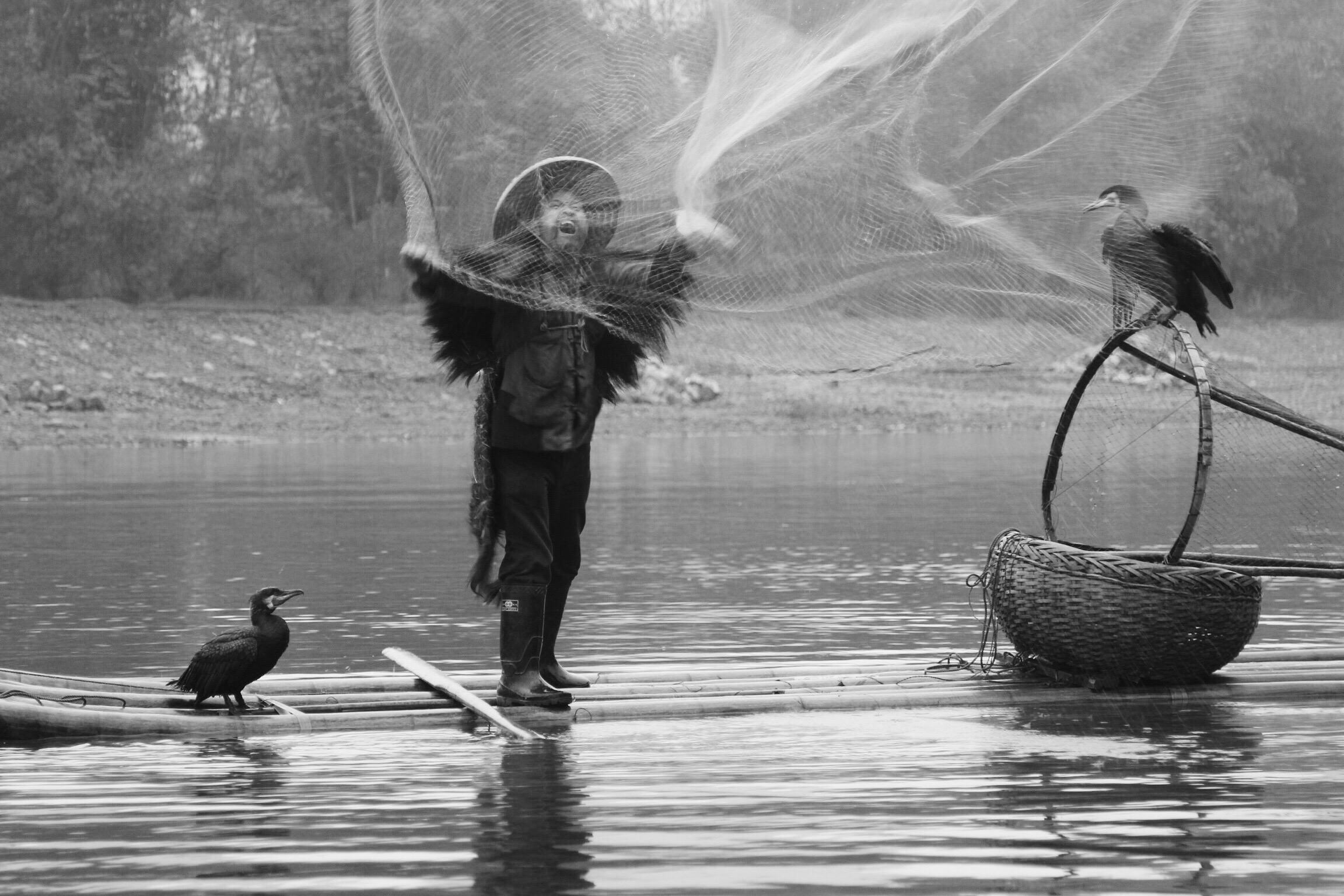
From here we passed the Twin Pagodas on Fir Lake and then were in route to our next stop. Yangshou and stopped at the Yulong River for a rafting trip on man powered bamboo rafts. The small waterfalls made the trip eventful. Because no motorized watercraft are allowed on this part of the river, the reflections are really superb. Sunset that evening was unimpressive for photos, but was stunning in real life. I climbed to the top of an unmarked mountain to take in the expanse of the valleys and mountains near the Putao or Cuiping area. This hill is unmarked but is in the process of being paved with steps. I found it interesting to learn that the stairs were built in just three months. Apparently for a project like this, the government comes into a small farm villages and offers locals small sums of money per task they help with (for example, pay for 50 bricks carried to the top.)
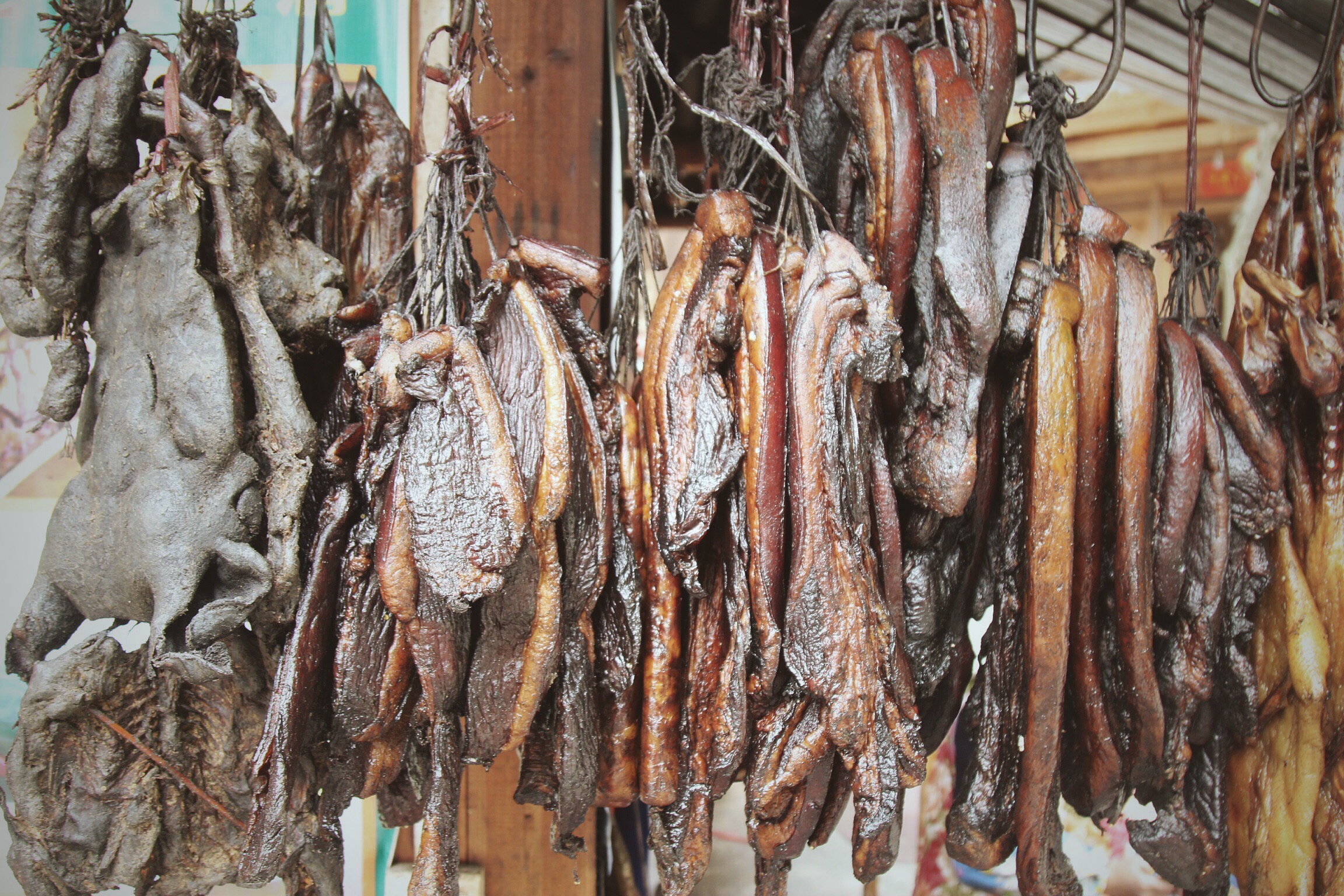
Jen Seiser
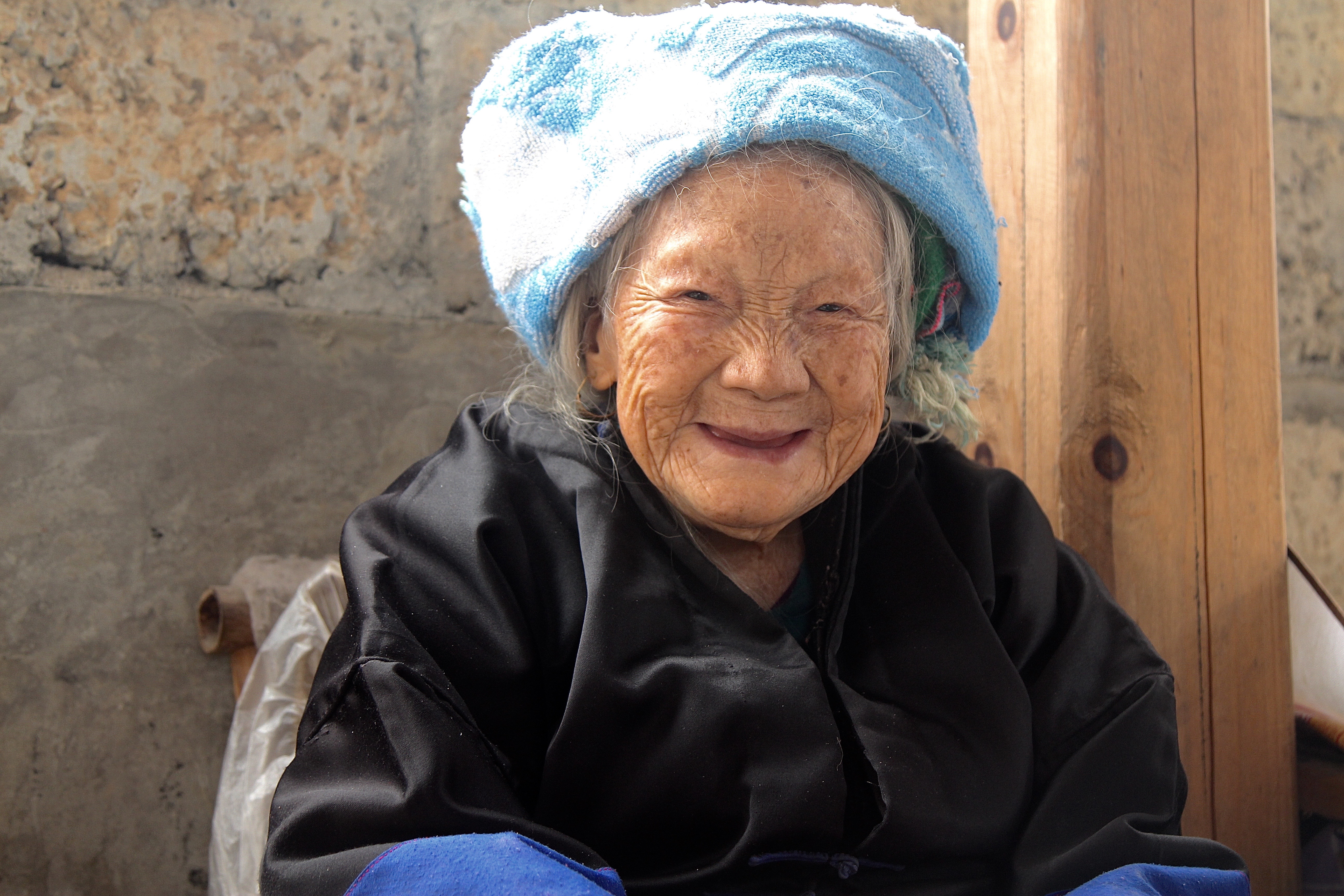
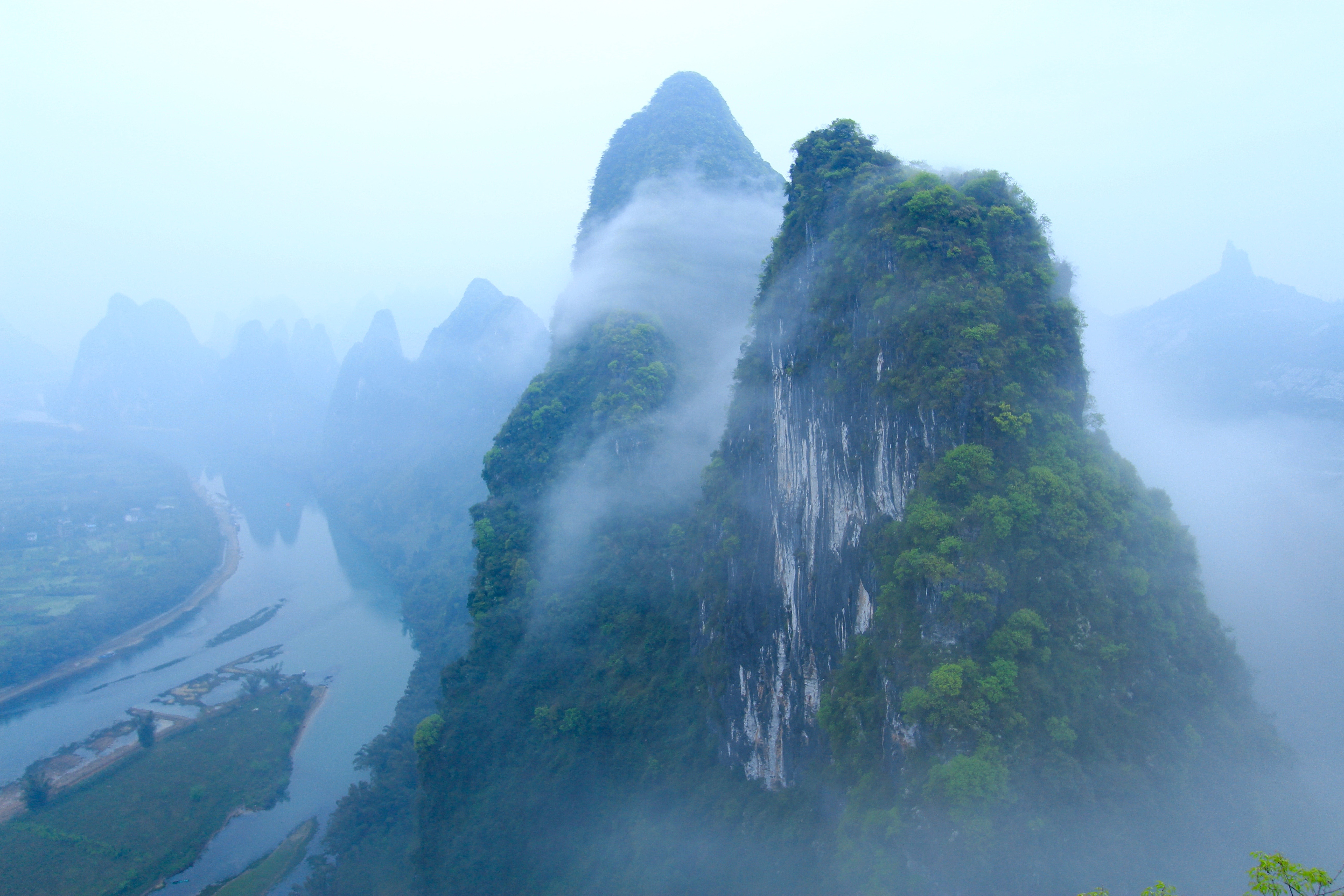
My second day in the region also began early with a sunrise hike up to a viewpoint that overlooks the Li River. This site seemed to be a hot spot with local Chinese photographers waiting to snap a shot at this magical viewpoint. From here we headed to the charming town of Xingping. My guide, Greg, had visited from Belgium nearly a decade ago and decided this place was so stunning he needed to stay. We took a motorized raft to get here down the Li River, which was a much different experience than the man-powered raft the day prior. The scenery on this stretch of the river is some of the most beautiful. Sites like the 9 Horses Galloping on Fresco Hill attract lots of attention from local tourists. The site of the 20-Yuan currency is another famous backdrop for photos in the area.
Once in Xingping, we walked the town and checked out the local market. This was a wonderful experience and revealed what life in rural China is all about. The market was lined with local meats, produce and Chinese medicine ingredients. Local men have haircuts in the street and children play games to win little fish and turtles as prizes. This market is a PETA worst nightmare, but taken in context is a true depiction of the exotic. Here I learned that dogs are not safe in China. A famous “dog meat” festival goes on annually just south of Guilin, often stray dogs as well as pets are taken for dinner. Cats are not excluded from this practice.
After the market, we hiked to the top of another mountain to check out the view of the Li River. This hike was steep, slippery and slightly nerve-wracking but would have been worth it on a clear day when the view would have done the walk justice. The cemetery sites along the hike made for an interesting cultural component to the walk up.
That evening I had a chance to witness the cormorant fisherman in action. These fifth-generation local fisherman pose for photos as they act out their life’s work in the traditional straw raincoat. The raincoat was appropriate as it rained the entire evening we were out on the water with them. There are only three of these traditional fisherman left, documenting their process and lifestyle felt like a true and fleeting honor. Due to the rain I skipped plans to watch the light show, done by the Olympic Opening Ceremony crew, called Impression San Jie. I would like to do this next time if I return.
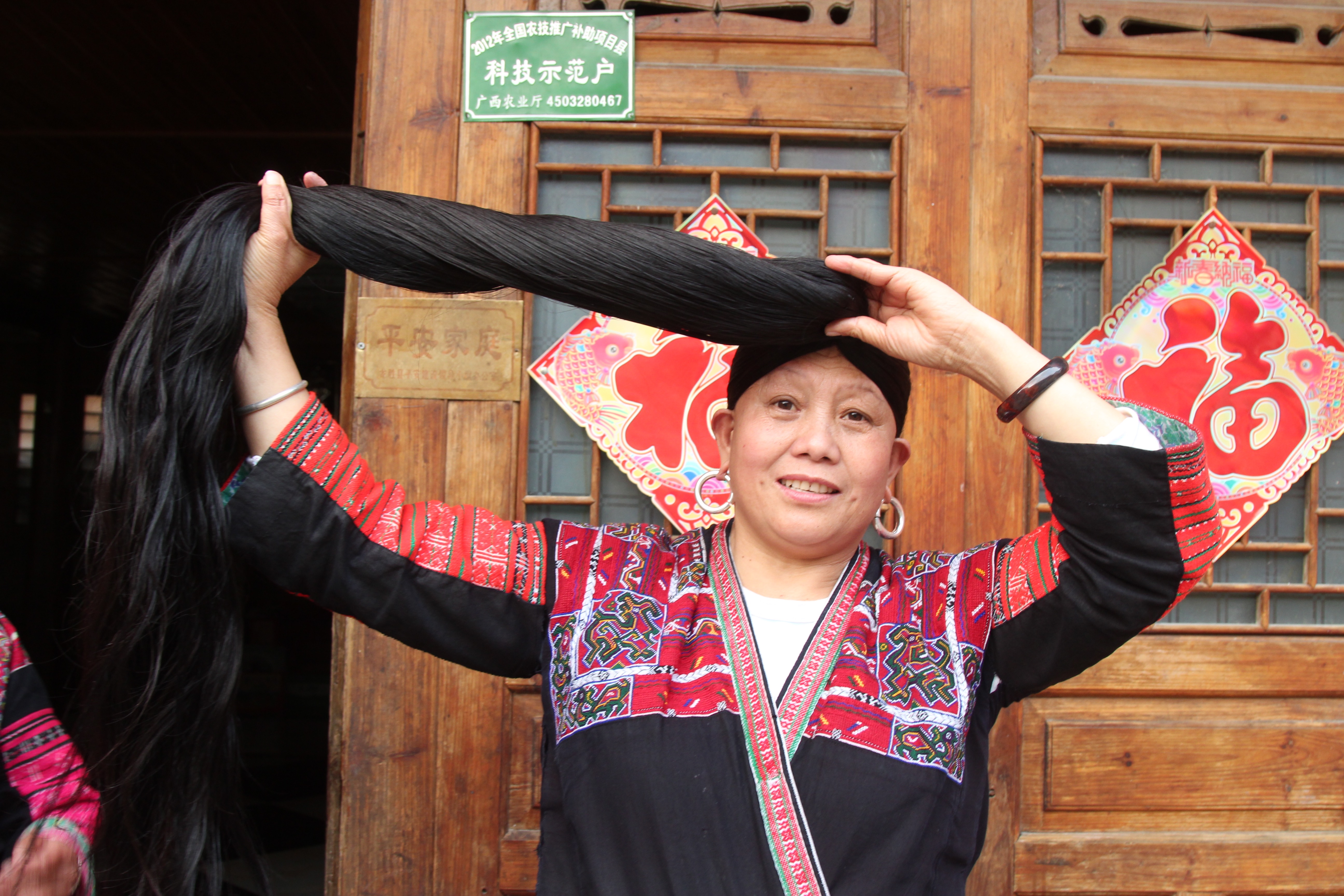
Sunrise the following morning required less effort at a bridge over the Li River. It was a serene sight to see the boats from the day docked at dawn and not a ripple on the water as the sun revealed the peaks on the horizon. From here we headed to the Longji Rice Terraces. This was quite a drive, but well worth it even off-season. These terraces take on unique character depending on the season. I explored the Zhuang Old Village here then walked the path among the terraces to PingAn Village for lunch. On the trip back to the train station from PingAn, I was able to stop and visit with the long haired women. These women only cut their long black manes three times. They bundle their own cut hair within a turban style updo and carry it with them.
While China has its frustrations to a Westerner, this trip was really special for me. For one, it reinvigorated my passion for solo travel. At a time in my life when I feel less and less spontaneous, this was empowering and energizing. If the opportunity again presents itself to visit China for work, I would again try to add on a weekend in the parts less traveled. Upcoming ideas for visits, include visits to Zhangjiajie, which inspired the floating mountains in the film Avatar. Also I’d love to check out Yunnan, Gansu, Xinjiang in Sichuan province. A good reason to come back to Longji would be for a festival where the rice fields are illuminated with lanterns and farmers in traditional dress work the fields.
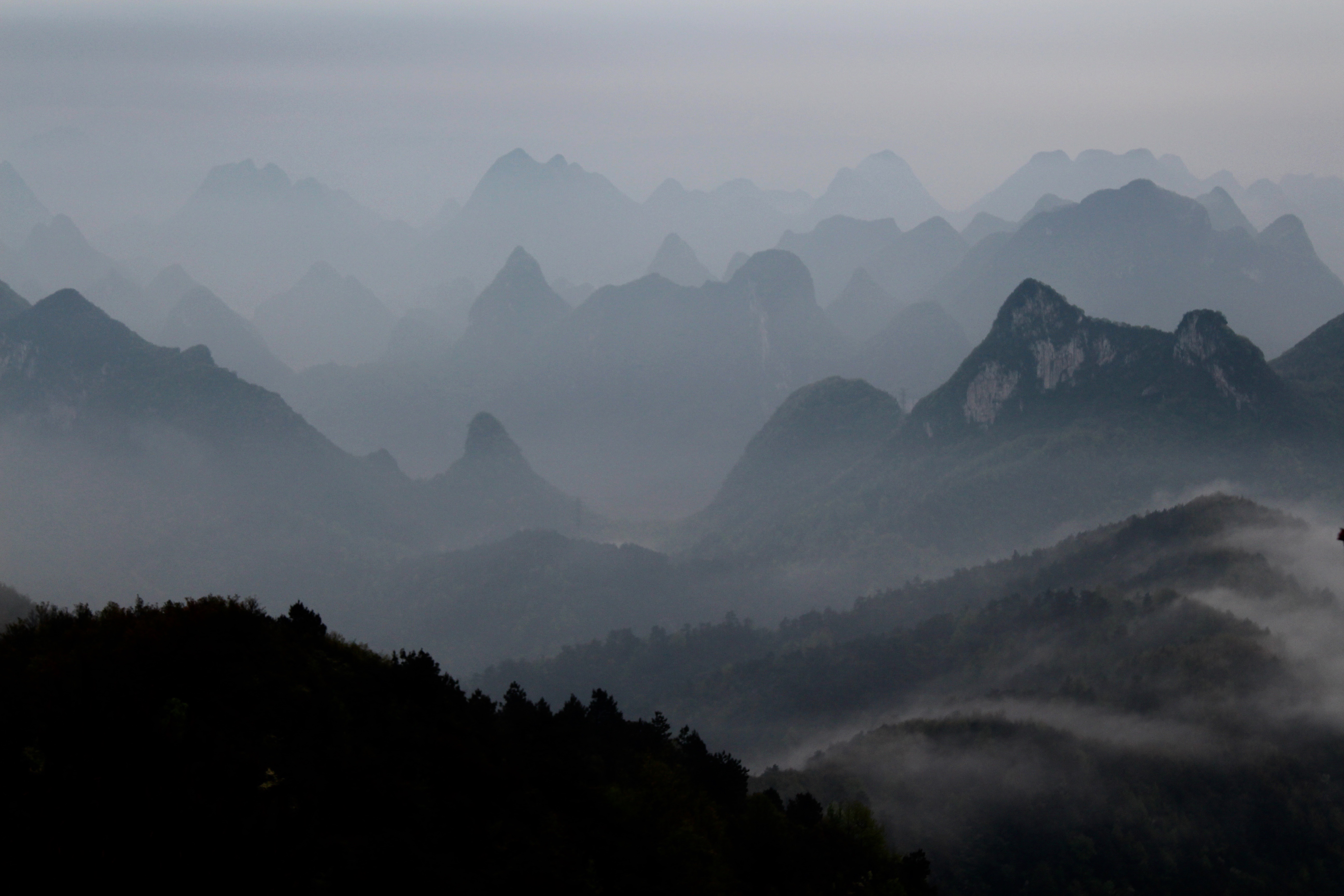
STAY
China truly is a tale of two countries. This can be summed up in no better way than a comparison of toileting experiences. My trip began in GZ at the beautiful W Hotel. Here my toilet was the most advanced of all toilets. First off, I could hardly find it. It was a toilet so impressive it commanded it’s own room independent of the bathroom. This toilet was “smart” and in may ways. It sensed entry to the toilet room and opened it’s lid to reveal its heated seat. I did not get involved in the bade featured, but judging by the buttons I saw features inclusive of white noise, several temperatures, spray pressures and music accompaniment. When business was complete this toilet flushed itself and then promptly closed it’s own lid.
On this trip I spent the first evening in a surprisingly nice hotel in Guilin, although I did not have much time to sleep, the room was nice and I really enjoyed the view and food at breakfast the next morning. The hotel is called the Guilin Golden Oriole.
My accommodation the following two nights was in a hotel owned by the same owners, but in Yangshou. It is called the Yangshou Mountain Nest and also was lovely. I was upgraded to a lovely king sized suite which was beautiful in décor and exterior view. The hotel is very affordable and I even indulged in an in room Thai style massage one evening for a small additional price.
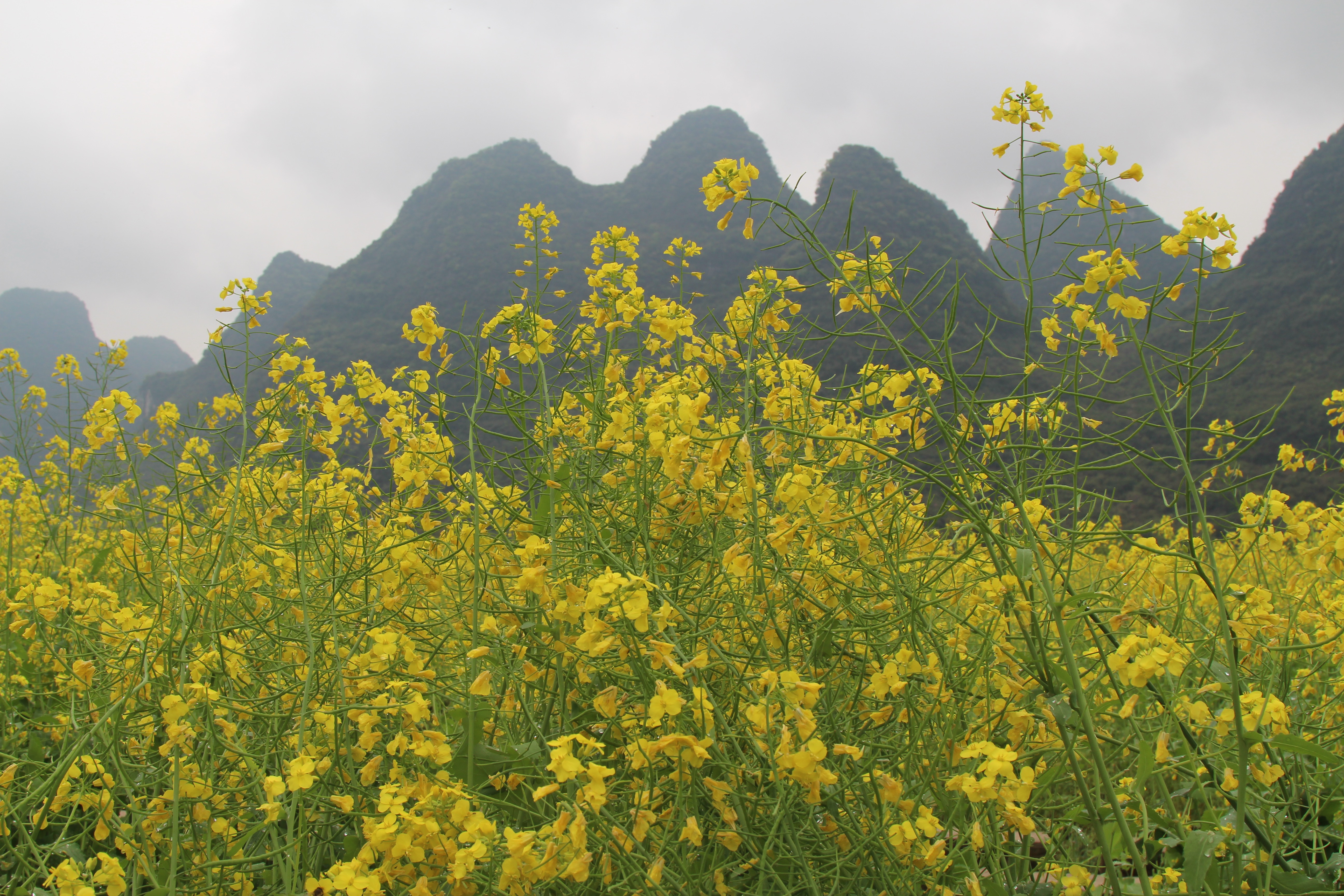
The final night of my trip was spent on the overnight train from Guilin back to Guangzhou. This experience was surprisingly comfortable and convenient. I booked the soft sleeper, which made for a closed door area to sleep. Pillows, comforter and outlet were available and I shared the space with only one other girl (could have been up to 3 others in the space). Until this trip, my only experience with the rail system in China was a return trip from Hong Kong to Guangzhou on my last visit. My impression of the China rail system is a positive one, and I’d be eager to use it again if I travel outside of the major cities in China.
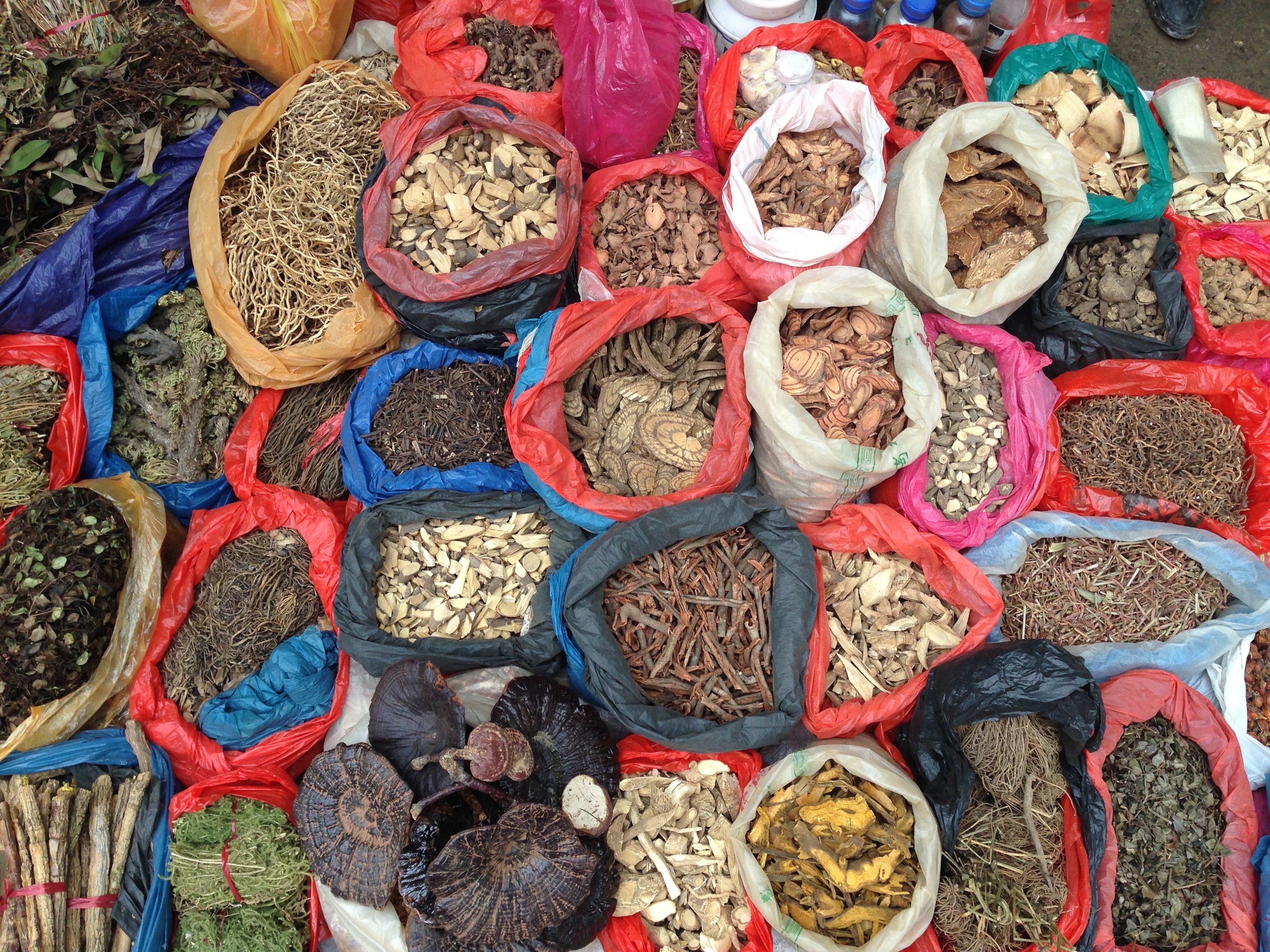
EAT
Many of my meals on this trip were eaten at my hotel in Yangshou since I was simply exhausted by the end of my fourteen-hour days. The hotel has a great rooftop restaurant and bar and I ate there several times. Highlights include their vegetarian dumplings, steamed broccoli with garlic and the ginger tea.
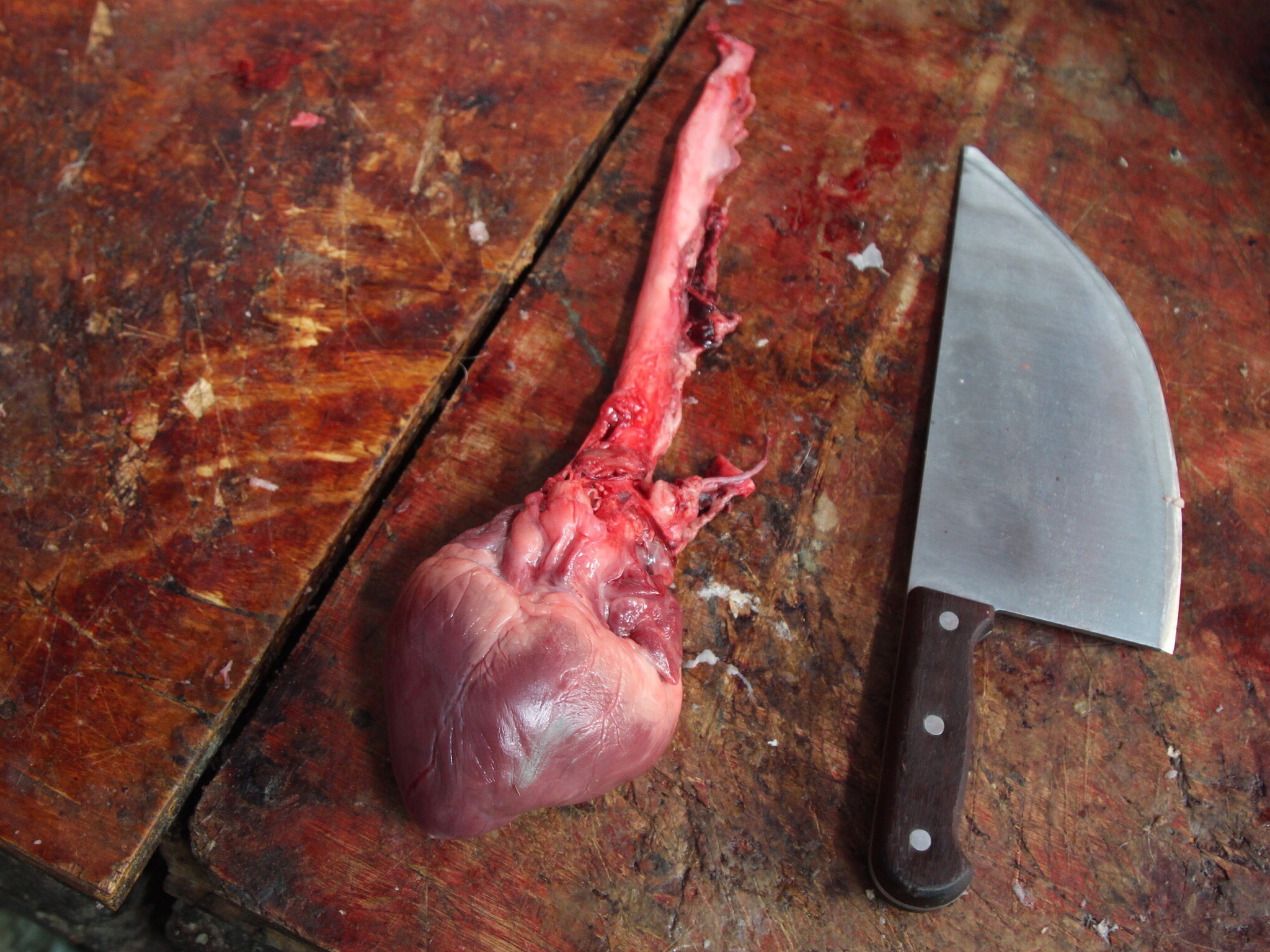
On the day my guide took me to Xingping we were lucky enough to enjoy his girlfriend, Leena’s wonderful restaurant the Old Street Café. Here again, I enjoyed fried dumplings, big Tsing Tao beers and local sautéed greens.
While at the rice terraces we stopped in Ping An for a little lunch at their beautiful restaurant called the Longji Holiday Hotel in the mountainside. I hear this place is also a wonderful hotel and of quite high quality, I’d certainly consider staying here if planning to be overnight in the area again.

Jen Seiser


 RSS
RSS